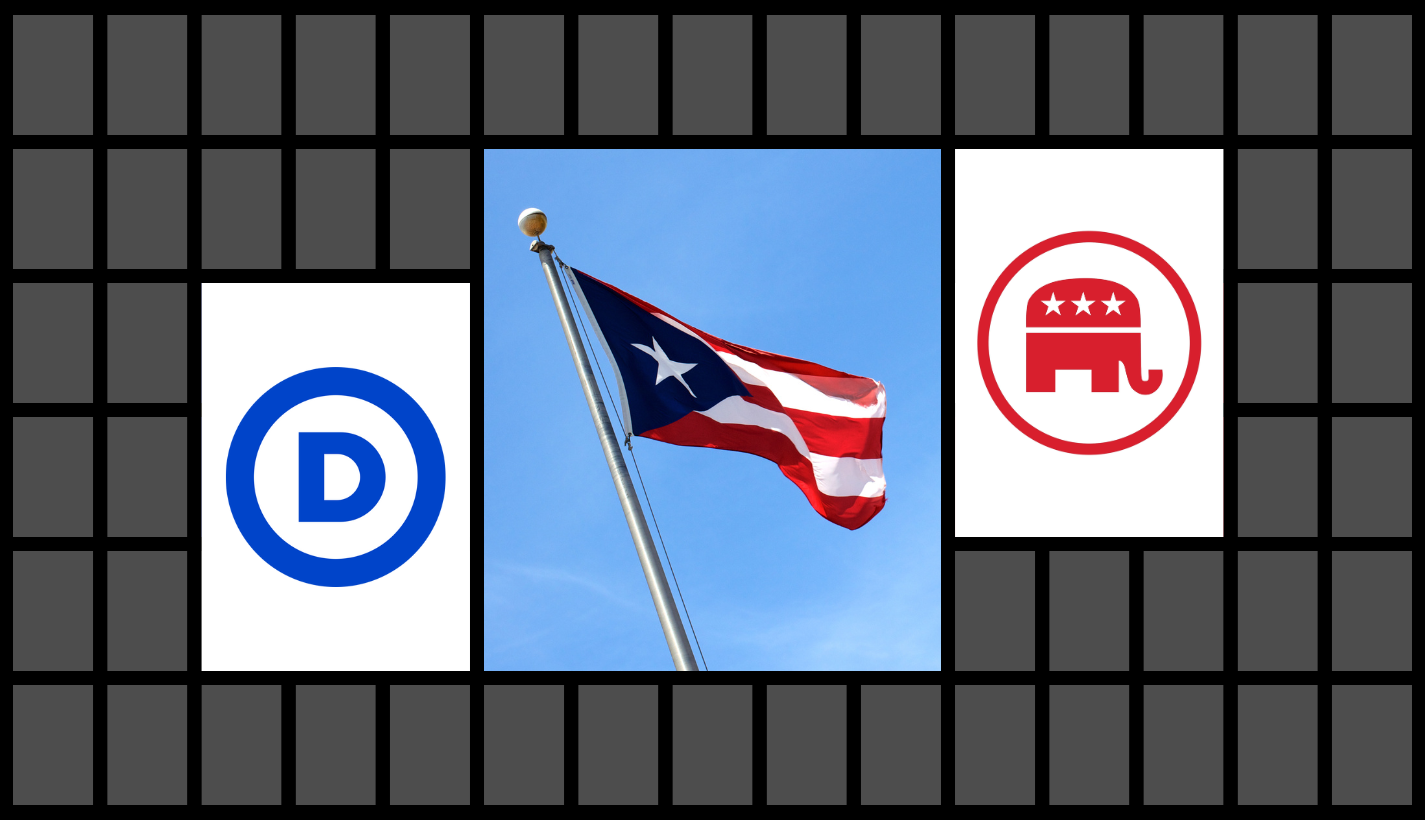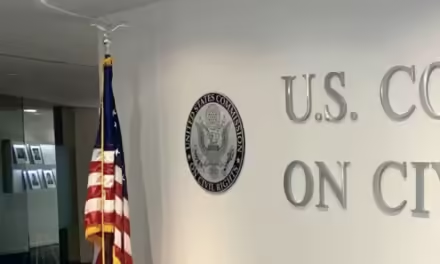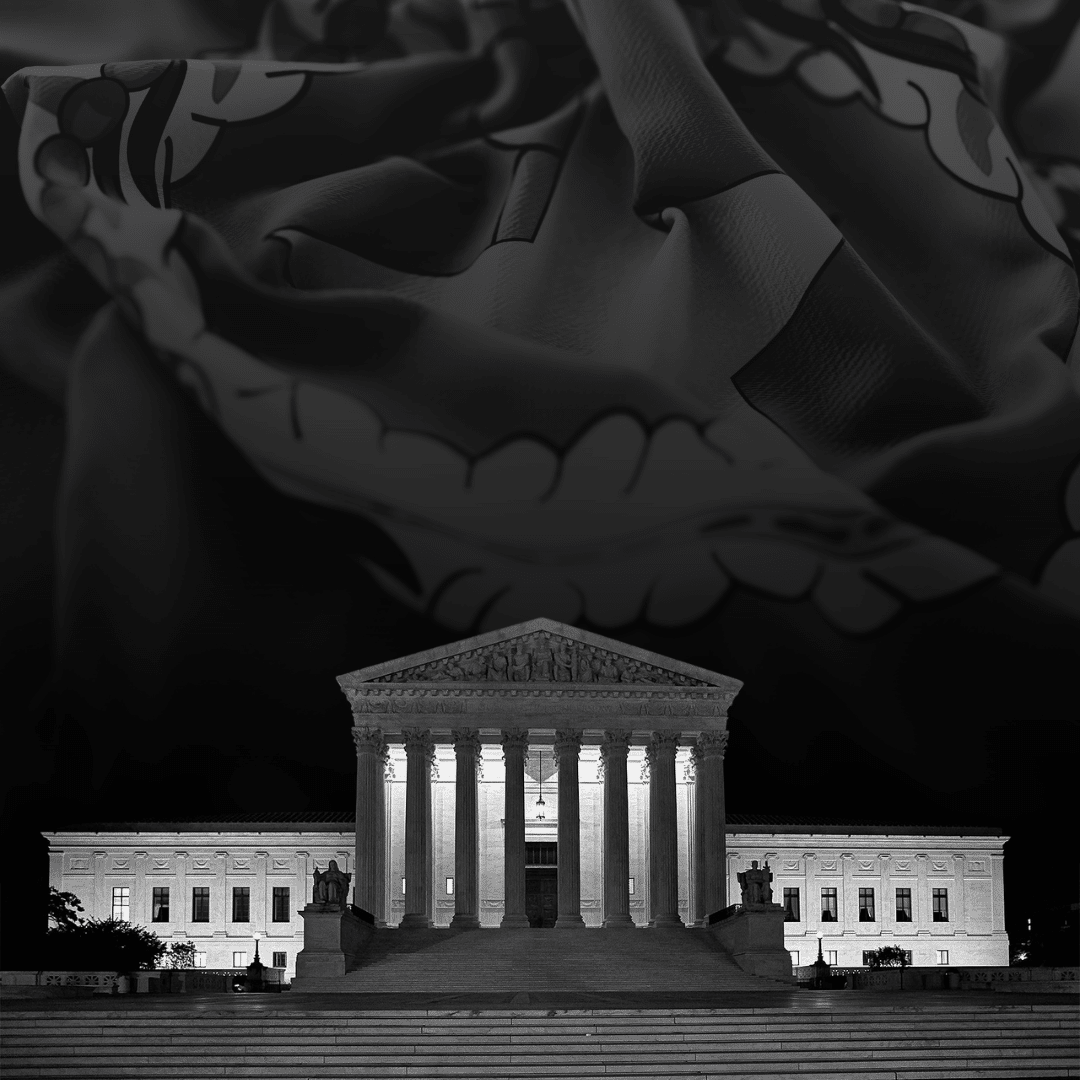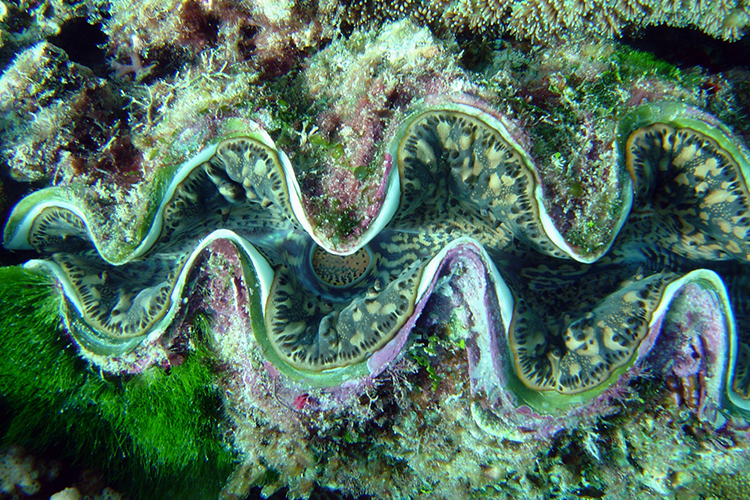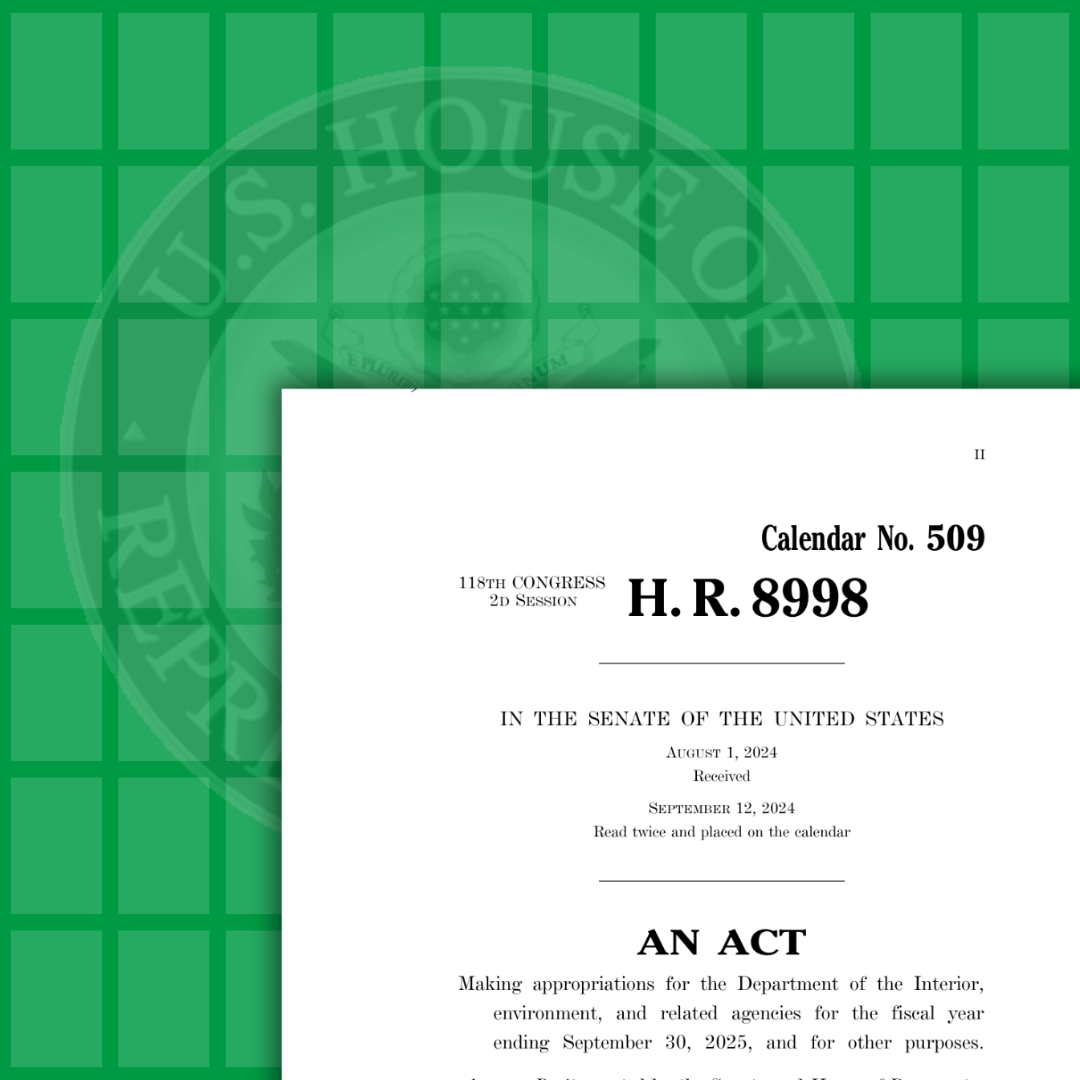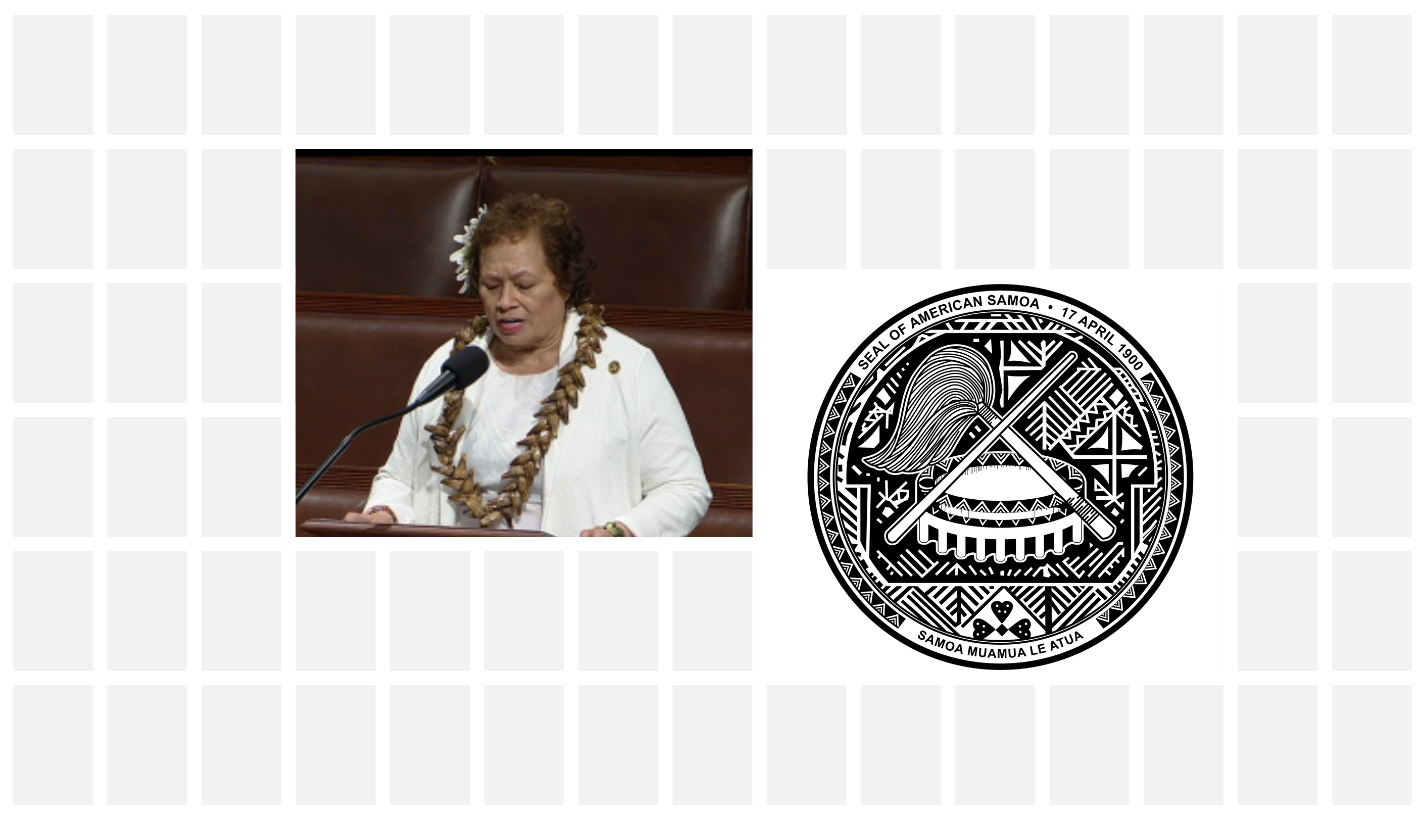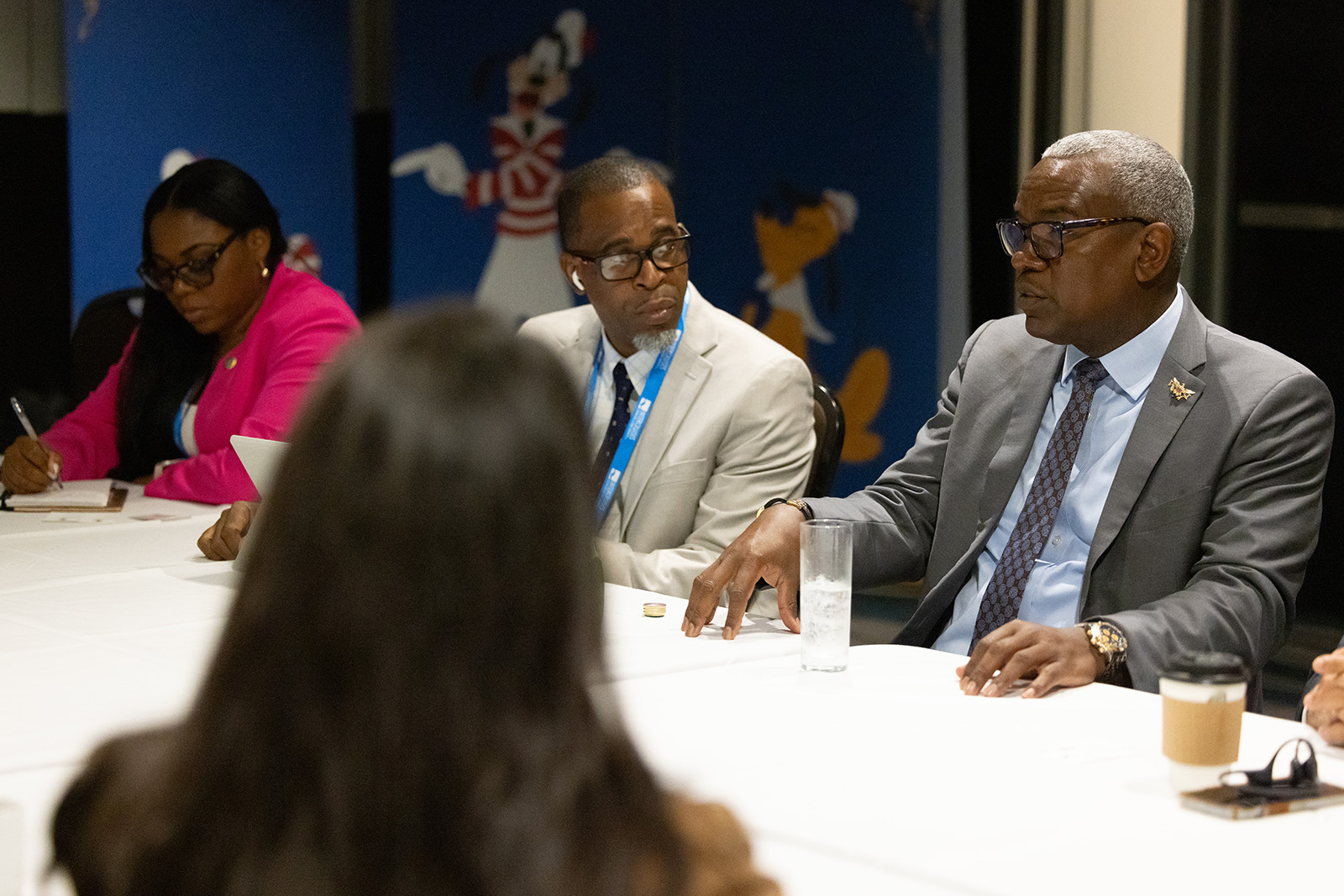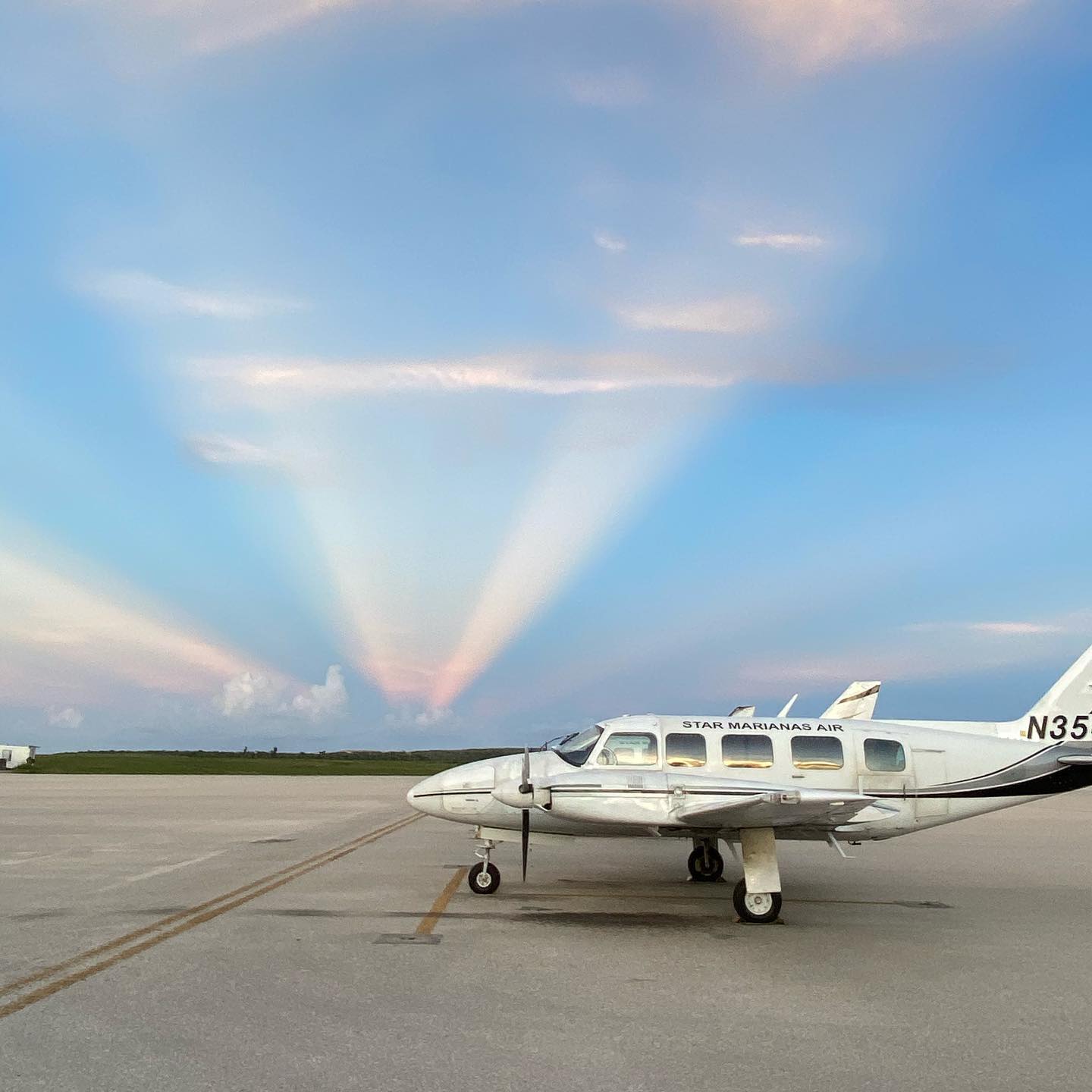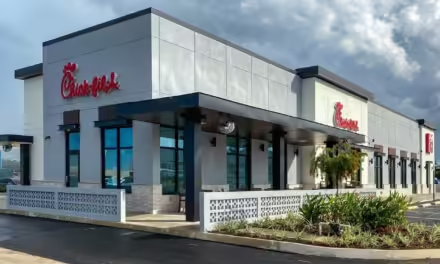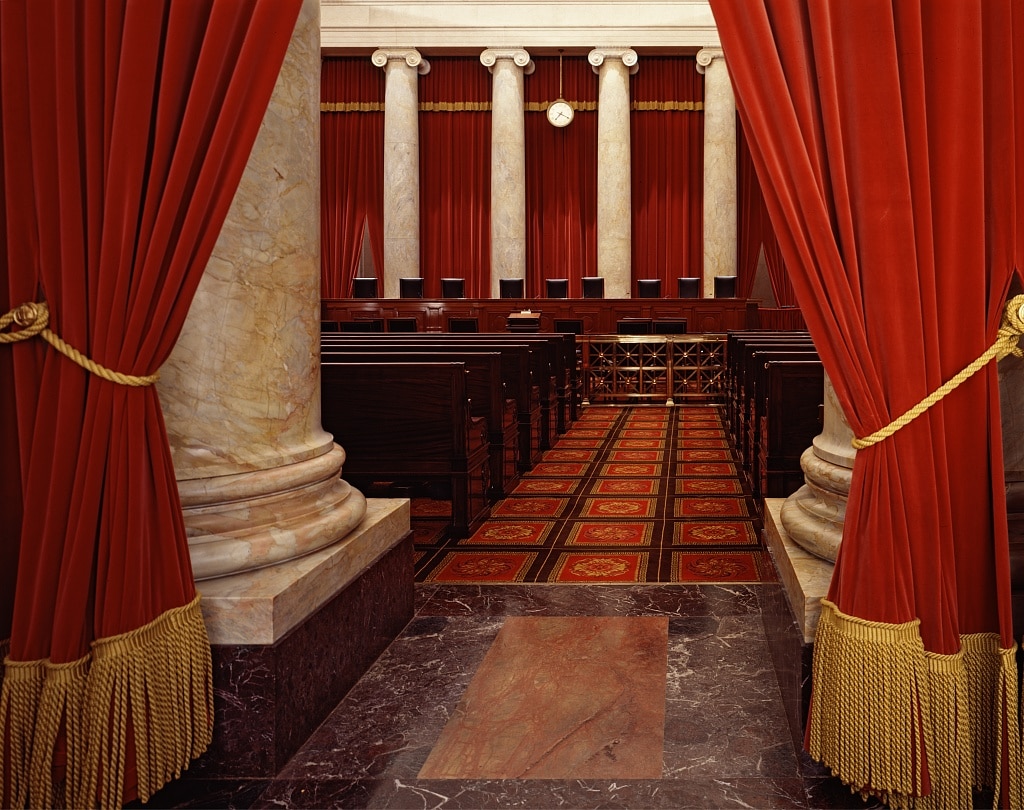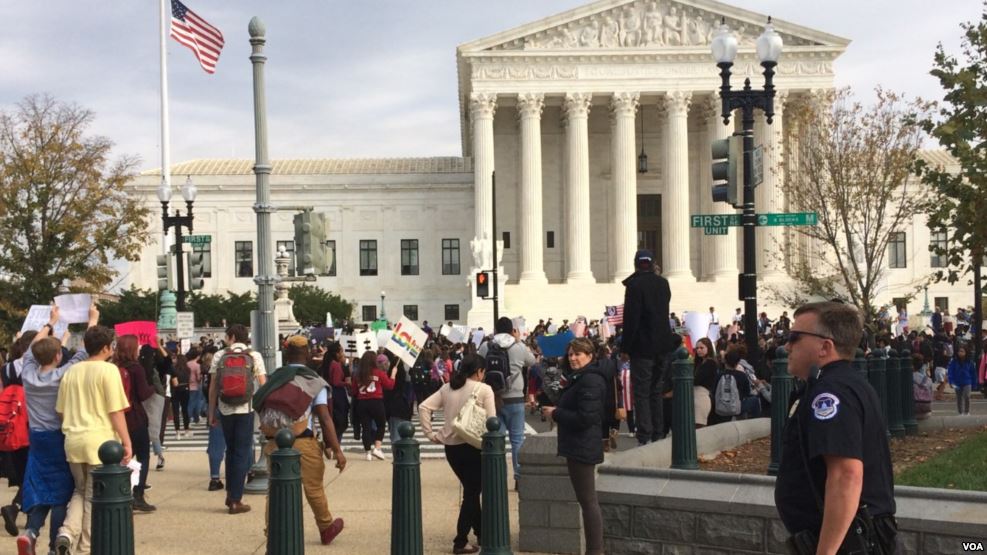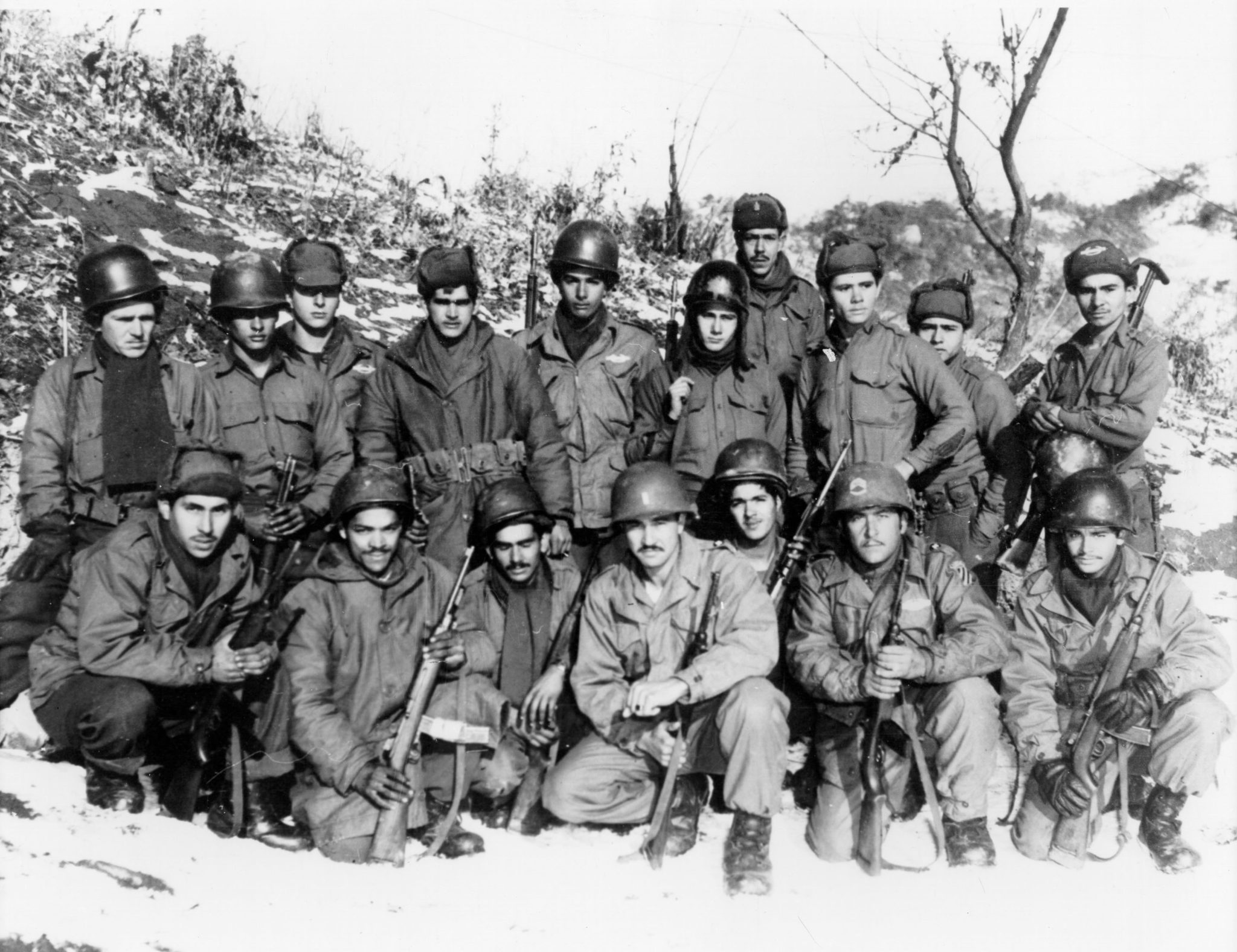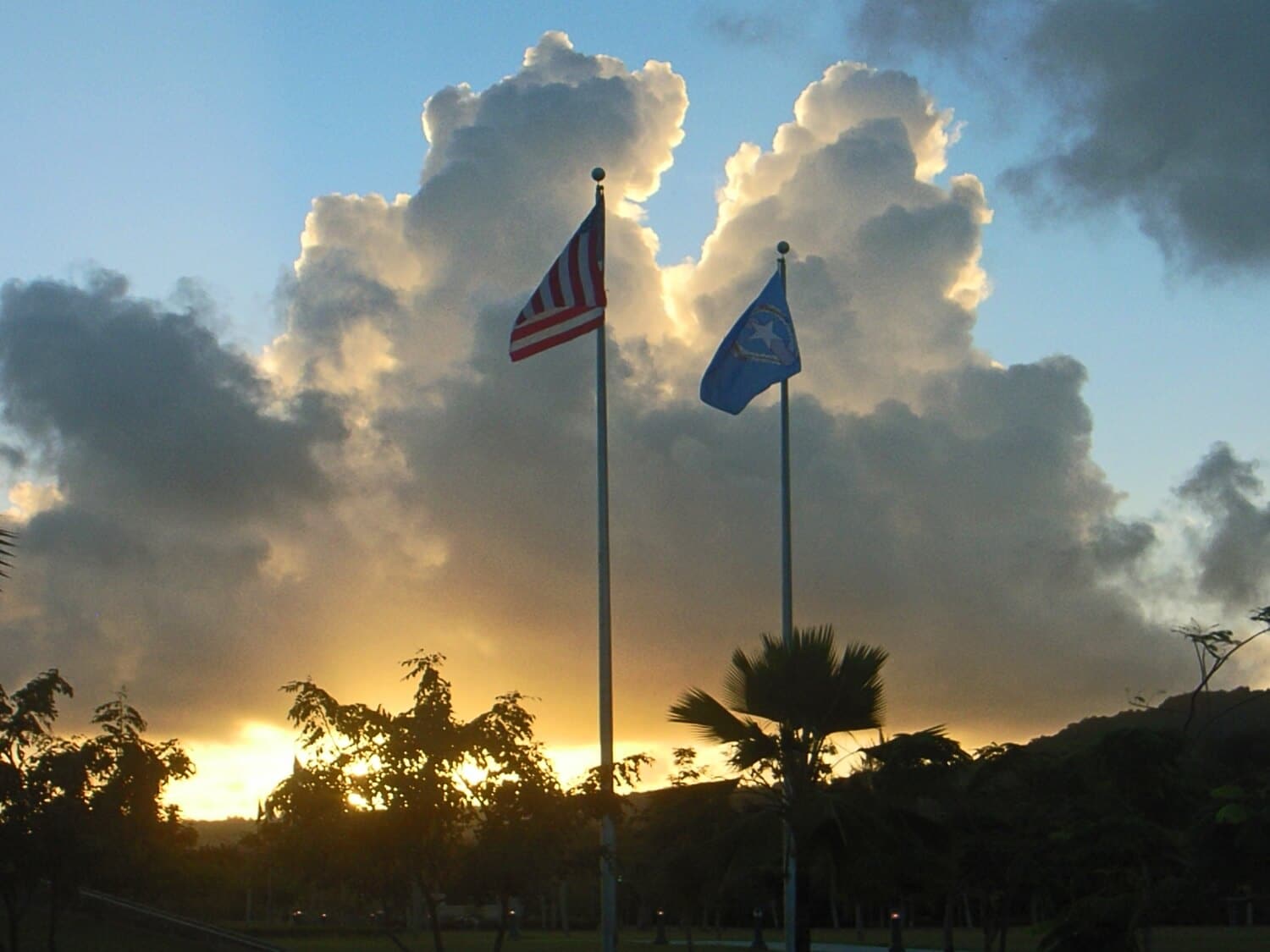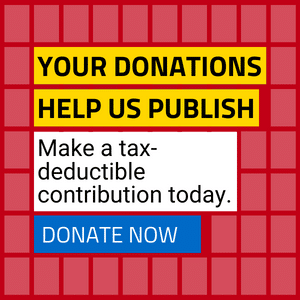US territories grapple with the coronavirus pandemic
Puerto Rico
The islands of Puerto Rico were the first state-level jurisdiction to be placed under lockdown after Governor Wanda Vazquez (NPP, R) imposed a 9:00 pm-5:00 pm mandatory curfew along with a shutdown of non-essential businesses and schools, coupled with strict enforcement during daytime hours that only allowed for essential shopping, commuting, or medical visits. The territory was also among the first to move more aggressively in other areas, moving swiftly for example to postpone the Democratic presidential primary originally scheduled for March 29, 2020. Despite its aggressive moves, Puerto Rico does have the leading number of cases, although that is to be expected given that the islands have a larger population than the other four territories combined, and they also have a larger number of passengers through its air and seaports. As of the time of the writing of this article, the Puerto Rico Department of Health had announced a total of 31 confirmed cases, with two deaths, the latter being both tourists visiting the islands. For the general population, citizens expressed a sense of dismay, this being the third major disaster to affect Puerto Ricans in three years, and the second just this year. Still struggling to recover after Hurricane Maria in 2017, the territory began 2020 with a series of earthquakes that wreaked havoc in the southern portion of the main island and kept the entirety of the territory on edge for months. In addition, rumors spreading on apps like WhatsApp have caused panic, leading to huge lines at grocery stores, running counter to the only strategy available to curtail the spread of this coronavirus. The government is continuing to seek more aggressive measures, including asking the Federal Aviation Administration to limit flights to land only in San Juan, to curtail the entry of more infected people, a request that was approved by the FAA. In addition, Governor Vazquez announced a huge $787 billion package meant to help small and medium businesses, as well as freelance workers who have lost wages due to the lockdown.Guam
Second in population among the territories, Guam is also the second leading territory in terms of cases confirmed in the territory. 29 cases have been confirmed, with one death so far. On a per-capita basis, this represents a far quicker spread than in Puerto Rico, which might be explained due to Guam’s proximity to where the outbreak originally began—China. Like in Puerto Rico, “most of GovGuam and the island’s public and private schools were shut down.” As the situation worsens, Governor Lou Leon Guerrero (D) has stepped up her administration’s response, extending the initial two-week state of health emergency until April 13, and closing beaches and parks. GovGuam fears that at the current rate of spread of the virus, the public health system in the territory will be overwhelmed as the number of people in need of care increases. In fact, examining the timeline of cases, Guam’s rate of virus spread has already exceeded Puerto Rico’s, with the absolute number of cases likely to catch up or surpass it altogether as well in the coming days. This has prompted the local government to seek help from the federal government, as GovGuam does not have the resources to help those struggling financially due to the pandemic.United States Virgin Islands
In the Virgin Islands of the United States, 17 cases have been confirmed, including several that confirm community spread is happening among the population. After initially appearing apprehensive to implementing severe lockdown measures, Governor Albert Bryan Jr. (D) moved to close all bars within the territory effective Monday, March 23, and restrict dine-in eating at restaurants. The governor’s order also limited all taxis and safaris to one half of their previously allowable capacity. The governor’s executive order also prohibits all hotels, guest houses, villas, bed and breakfasts, Airbnb, and charter vessels from accepting new bookings or new guests for 30 days. Bryan had previously ordered all non-essential government employees to stay home or telework and have closed schools and head start facilities throughout the USVI. The governor also ordered the closure of senior centers and restricted visitation to eldercare facilities. All government operations are restricted to essential services until April 6, 2020, and all schools will remain closed through at least April 14, 2020. “To date, we have investigated 74 persons suspected of carrying the virus, and 55 of those cases tested negative, 17 positive, and we have two tests currently pending,” Governor Bryan said during a weekly press briefing. “Sixteen of the 17 positive individuals are quarantined and thankfully recovering at home without any need for hospitalization. Meanwhile, the nearby British Virgin Islands have shut down their border for all travelers.American Samoa
American Samoa remains one of just two US jurisdictions that have yet to report a confirmed case, with all other states, territories, and the District of Columbia having done so. Nevertheless, Governor Lolo M. Moliga (D) declared a state of emergency and unveiled the territory’s plan of action, merely weeks after a measles outbreak affected the territory and neighboring Samoa. The state of emergency establishes a color-coded system to guide the territory’s response, ranging from a code blue which involves minimal social disruption, followed by a code yellow upon the first confirmed case, which would heighten restrictions including limiting business hours, suspending dine-in service at restaurants, as well as imposing a curfew at 9:00 pm, ending with a code red, which would further restrict business hours, shut down all air and sea travel as well as any public gathering. So far, the islands of American Samoa have not had any suspected cases, with Samoa presenting a suspected case that ended up testing negative. Among all US sub-national jurisdictions, American Samoa is the only one that can control its immigration, and therefore has more control over the situation than any other territory or state. As of now, all entry permits to the territory by foreign nationals have been suspended as code blue remains in effect. Airlines have also severely limited their flights in the region, responding to the measures of local governments.Northern Mariana Islands
Like American Samoa, the Commonwealth of the Northern Mariana Islands have yet to report any confirmed cases of the novel coronavirus in the territory. Governor Ralph D.L.G. Torres (R) had implemented a continued state of emergency and public health emergency, following by an Enhanced Social Distancing Directive, effective Tuesday, March 24, 2020. The directive limits businesses’ operating hours, prohibits gatherings of more than 10 people and closes all parks in the territory. The commonwealth also has a price freeze in effect to protect consumers. Beaches have not closed, however, with the Office of the Governor stating that recreational activities by small families are still allowed. Since early March, the CNMI had been screening passengers, going as far as seeking to suspend the entry of passengers from China, which had to be done with federal approval since, under federal regulations, the territory does not have the authority to stop travelers.Federal response
Overall all territories share certain traits beyond their local responses: a sense of urgency when requesting aid from the federal government, dismay at continually having to endure disasters like hurricanes, typhoons, earthquakes, and now a global pandemic, and uncertainty as to the degree to which they will be included in a federal stimulus package. So far, the Small Business Administration has included the territories in their response, but there was an incident involving the purchase of medical supplies from other countries. States had been exempted from provisions in law that forced them to only buy supplies made in America, with Puerto Rico and Washington, DC left out of the exemption. After a push by Puerto Rico Resident Commissioner Jenniffer González-Colón (NPP, R), the Federal Emergency Management Agency agreed to apply the exception to these jurisdictions as well. As the situation unfolds, expect major changes, and should the spread in the territories accelerate, or begin in the case of American Samoa and the Northern Mariana Islands, major restrictions will come into place.Coronavirus in the US Territories Dashboard
Track the number of cases across the five unincorporated territories of the United States.

